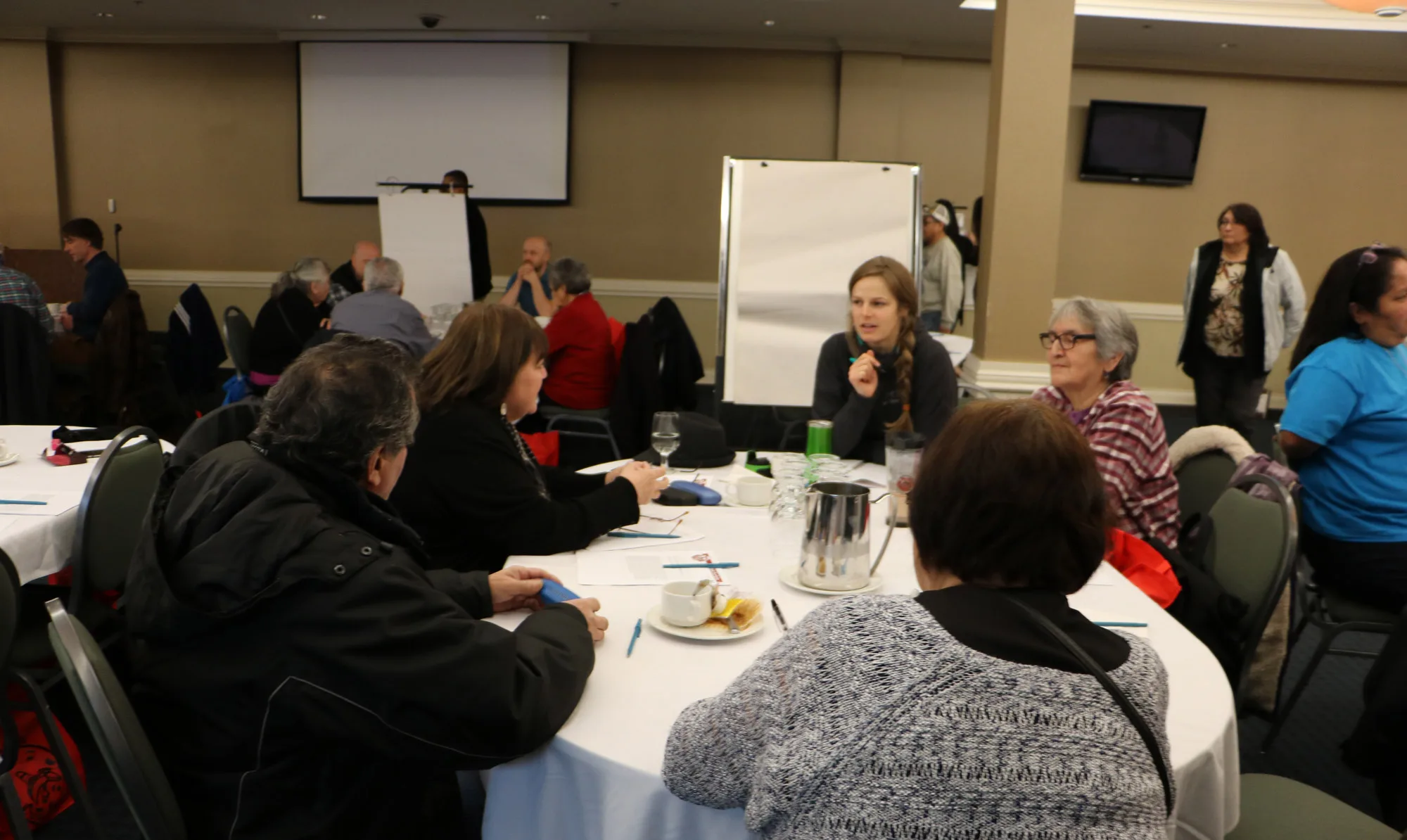Linking CEM to Metlakatla Decision Making
Cumulative effects are inherently complex. We are looking at multiple projects, activities and policies over time and space, interacting with each other to result in effects that can be large and unpredictable. These effects cause changes to the things we care about, our values, and are not only limited to the biophysical, environmental realm, but also include important cultural and socio-economic values. Managing these types of effects is equally complex, especially with the way resource management is typically set up – looking at project by project, issue by issue or industry by industry. Too often we lose sight of the big picture and important values deteriorate as a result.

How is the issue of cumulative effects typically addressed?
Under a typical approach to CEM, solutions to cumulative effects are seen as a science or information deficit model. If more data are collected and more studies are conducted to better understand causal pathways, and this information is provided to decision makers, then they will make better decisions about project development and resource management. Time and again, this approach has not worked.
How can we do things differently?
Under an Indigenous planning approach to CEM, we look at solutions to cumulative effects as an action or management deficit model. Uncertainty is a part of cumulative effects and we will always be working with imperfect information, what matters is identifying and implementing actions that will maintain or improve the condition of values that are important to communities, having strategic direction about the type and extent of development we want to see in our communities, and setting limits on projects and activities so that we are not always in a state of crisis.
How do we design an effective CEM program?
Effective CEM should be driven by decisions and actions rather than by data and information. We need to move away from an approach to CEM that is reactive, project-specific and narrowly scoped, data driven, and stressor focused. Too often, this approach operates in a linear, siloed way. Instead, our approach to CEM aims to be proactive, regional and broadly scoped, decision driven, and values focused. We want to operate in a holistic, interconnected way.
How do we create a “Made for Metlakatla” CEM program?
We started by understanding the CEM decision context. The Metlakatla CEM Program is designed to support Metlakatla decision-making and management. Our program has the potential to support and inform Metlakatla decisions in many areas including land/marine use planning, community planning and service delivery, and environmental assessment response. Our program can also help Metlakatla leverage and influence decisions and actions made by other levels of government.
